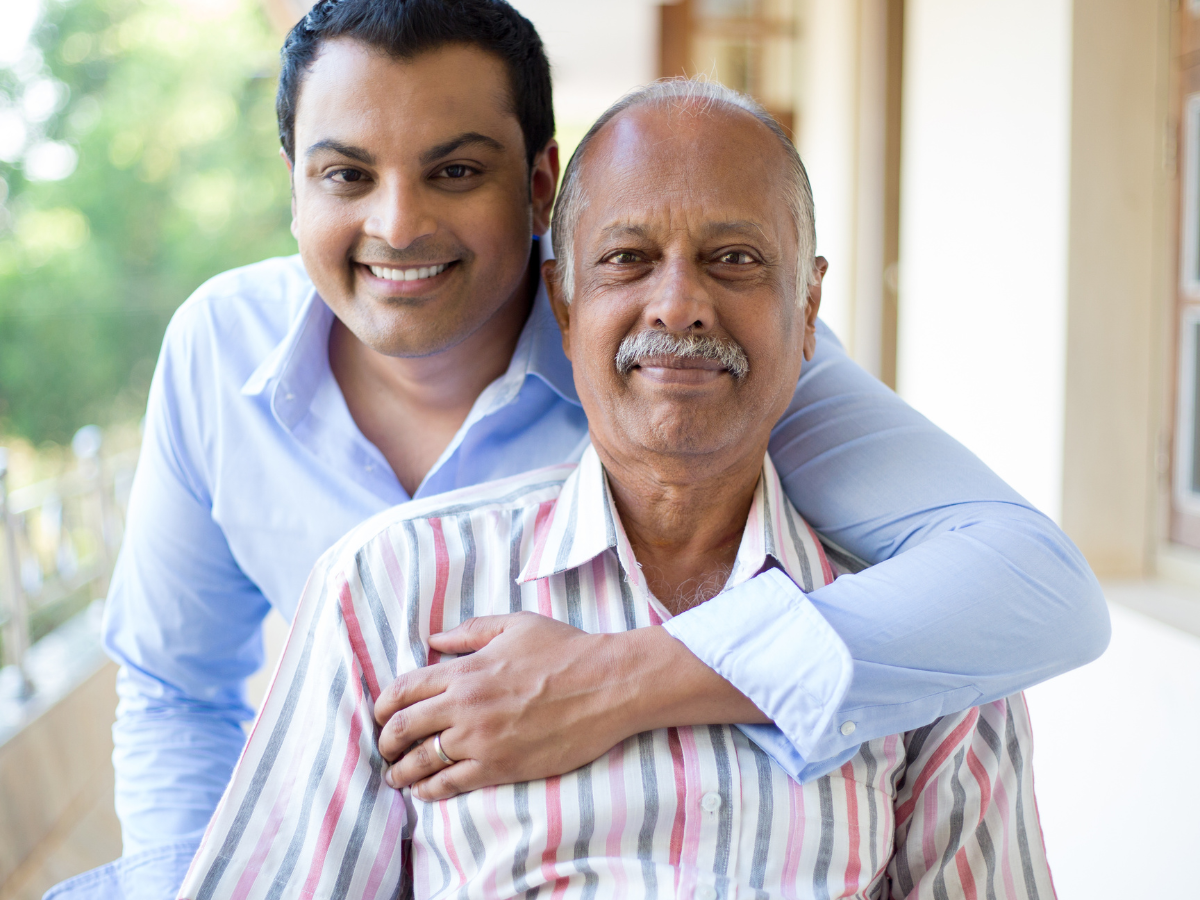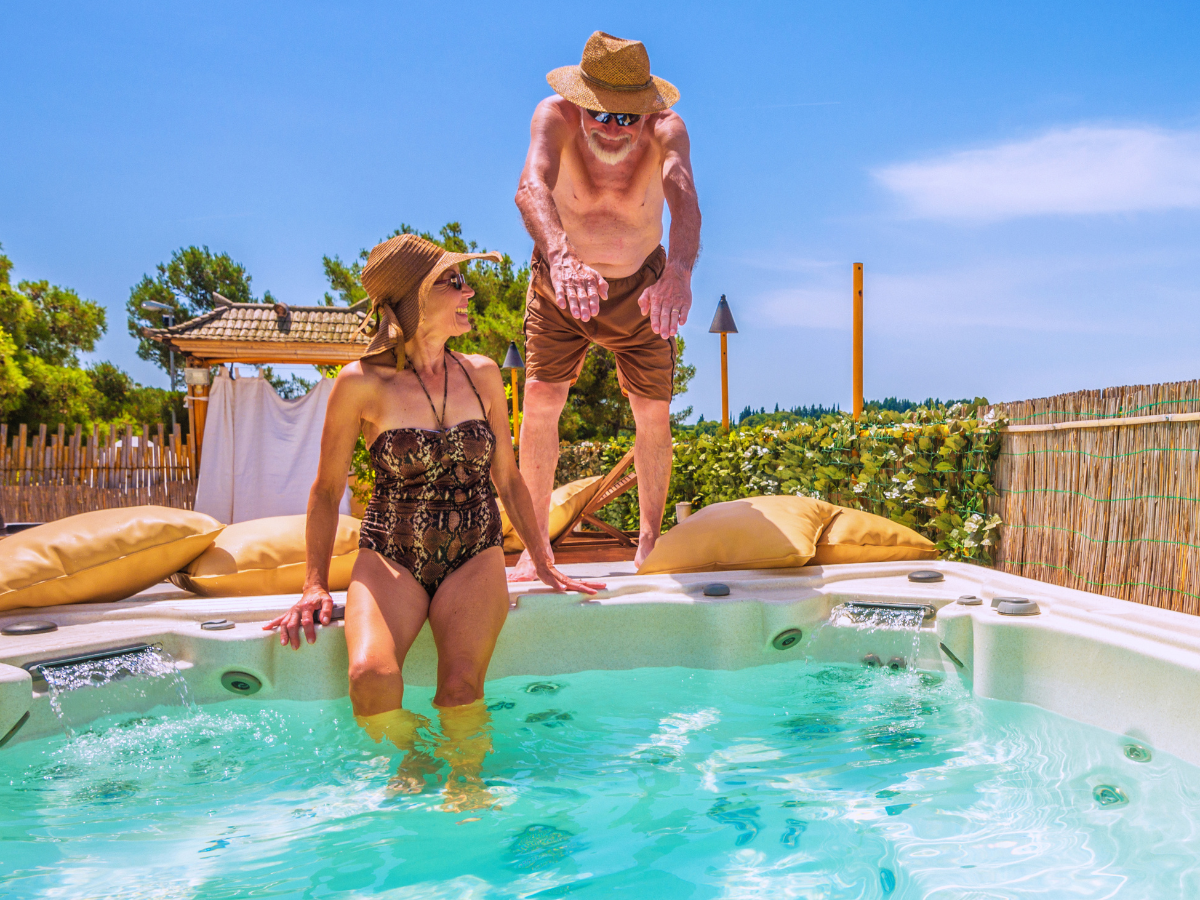How often do you walk up and down the stairs of your home each day? We’re willing to wager a bet that you’ve never even thought about it. And who could blame you? A daily stair climb isn’t exactly a memorable experience. That is, of course, unless you’re a senior citizen.
Many older adults battle with diminishing strength and balance. For them, climbing either up or down the stairs can be a dangerous task. So what can you do to ensure that each climb up the stairs in your home is safe for your elderly loved one?
Eliminate any and all tripping hazards.
A staircase is no place for clothes, shoes, toys, electrical cords or books. You can keep adding to that list. The truth is nothing should ever be placed on your steps except your feet. It’s important to remove any and all clutter from your stairs to minimize the chances of any trips and falls. As InlineDesign.com points out, even area rugs at the top of stairways are tripping hazards, “so they’re best done away with.”
“Use some tape or wire staples to pin electrical cords along the baseboards where they’re nice, neat, and out of the way,” the site also advises, “Furniture near or on the landings should be rearranged to keep pathways open…While there’s plenty of decor that can add to the aesthetic of your stairs, it all increases the risk of falls.”
Carpet your staircase.
Many health experts dissuade people from carpeting the floors of their homes. Carpet has become notoriously known for trapping dust, dander and pet hair. All of the above can be irritants to our respiratory systems. However, carpet is obviously softer than hardwood flooring. If you live with either a senior or a toddler, carpeted stairs may be the answer to avoiding injury on the steps.
“Wood, particularly, can be slippery for babies and toddlers, and carpet can cushion any falls,” notes AtHomeMum.com, “Carpets will still be useful as your child gets older, as young kids love to run around, and up and down the stairs. If your house and stairs area already carpeted, make sure it is tight-fitting.”
Ensure the stairwell is well-lit.
Good lighting is vital. If you can see what’s in front of you, you’ll be a lot less likely to trip and fall over something. Bright lighting on stairwells is especially important for seniors who contend with vision impairments. If your elderly loved one has trouble seeing, be sure to install additional lighting on and around the staircases in your home.
“Stairs should never have lower illumination levels than adjacent areas, so make sure the lights over your stairs have the same wattage as those in the surrounding hallways,” advises InlineDesign.com, “Be sure to install light switches at both the bottom and the top of the stairs so you don’t have to traverse an unlit staircase; and placing nightlights in hallways and landings for added visibility won’t hurt.”
Install a stair lift.
Stair lifts are effective solutions when sets of stairs keep people from enjoying all levels of their homes. To learn about the stair lifts offered by Advantage Home Health Solutions, please don’t hesitate to give us a call at 403-460-5438. You may also email us by filling out the form on our Contact page!



